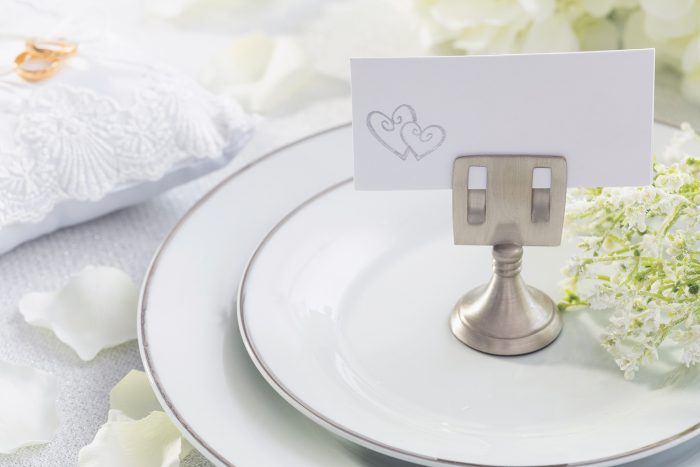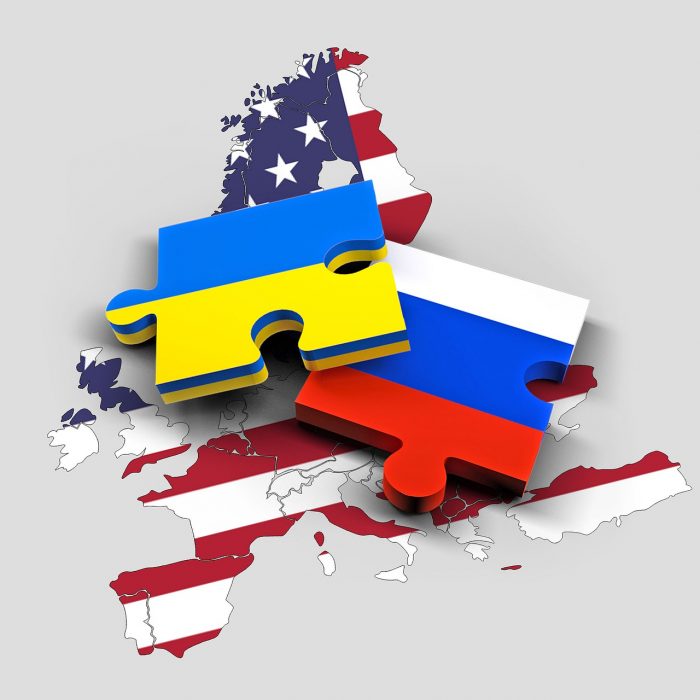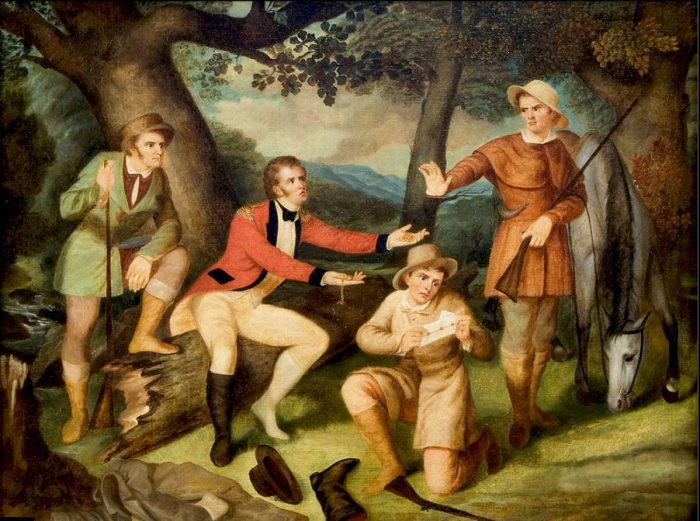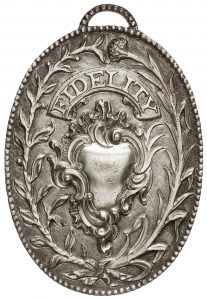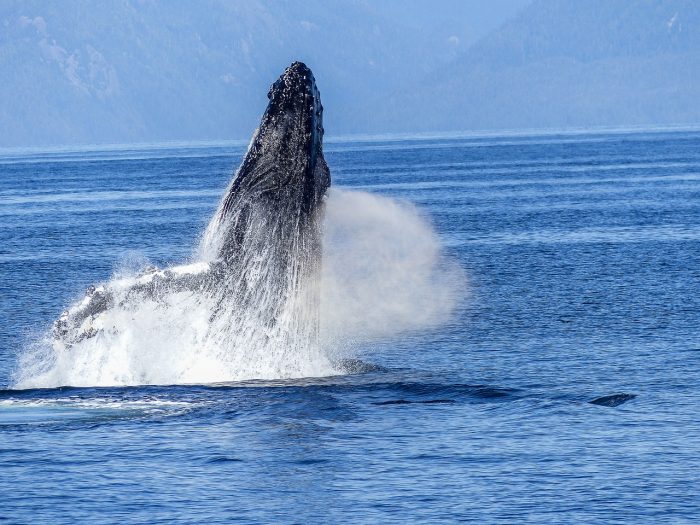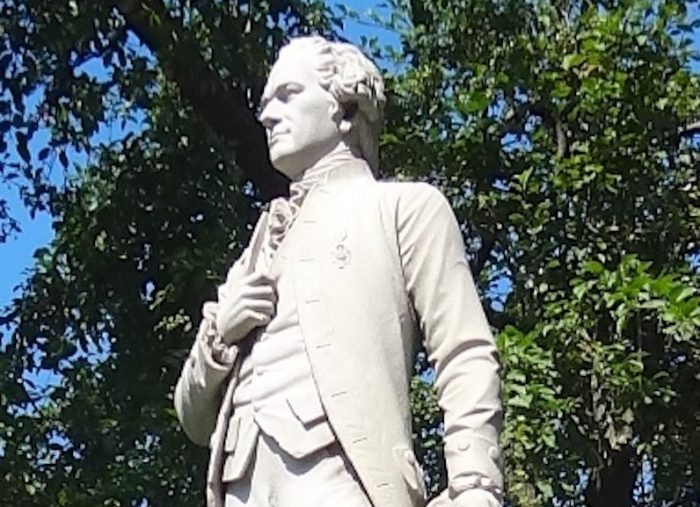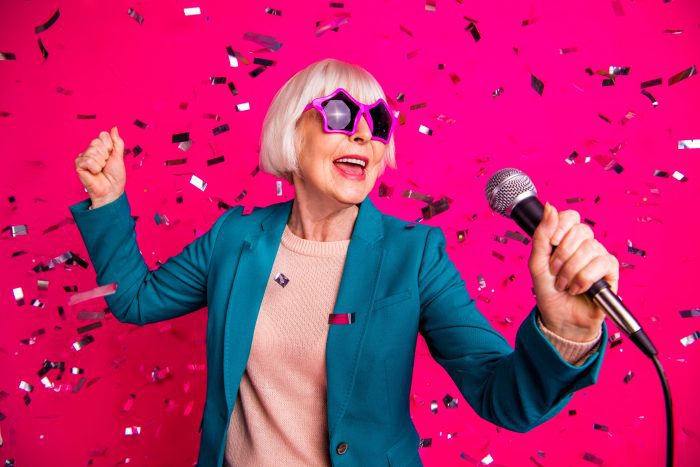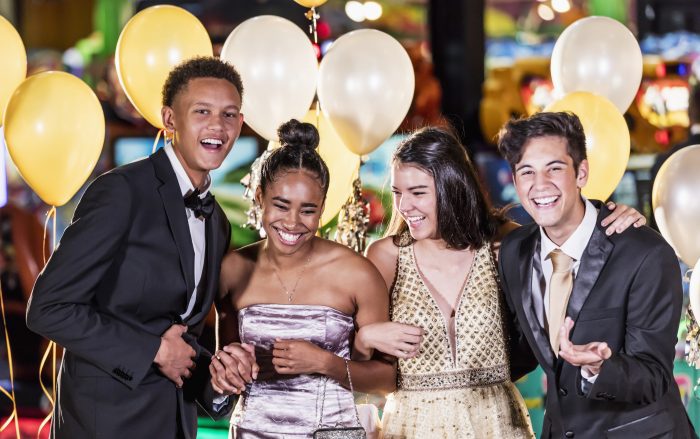By Leah S. Dunaief

You have probably heard about a police raid on a local newspaper in a small Kansas town.The act was so egregious that it prompted emails from friends around the country who were concerned about us, even though the event happened some 1500 miles away.
We should all be concerned.
To fill you in, local police and county sheriff’s deputies seized computers, servers and cellphones belonging to the seven-member staff of the Marion County Record. They also searched the home of the publication’s owner and semiretired editor, along with the home of a city councilwoman.
This ostensibly had to do with how a document about a local resident got to the newspaper, and whether that person’s privacy had been violated. But according to the editor, the real issue may be tensions between the way officials in the town are covered by the paper. Newspapers, making up what has unofficially been termed the Fourth Estate, after the Executive, Legislative and Judicial branches of our government, have long enjoyed legal protections in their news coverage “to speak truth to power.” Newspapers historically are considered the watchdogs of government, informing readers about the actions of public servants, which creates what one press association director described as “healthy tensions” between the two.
While the Record has a circulation of about 4000, its owner has had a long career in journalism, both as a reporter on a daily and as a professor at the University of Illinois. His father worked at the Record for half a century before him, rising to be its top editor, and the family eventually bought the newspaper, along with two others nearby, according to the New York Times in an article this past Monday.
“On Sunday, more than 30 news organizations and press freedom advocates, including The New York Times, The Washington Post, and Dow Jones, the publisher of The Wall Street Journal, signed a letter from the Reporters Committee for Freedom of the Press to Mr. Cody [chief of police] condemning the raid,” according to the Times.
The issue in question had to do with the copy of an official letter sent to a Record reporter privately via Facebook that instructed a resident how to go about restoring her driver’s license after a drunken driving citation. That resident was now seeking approval from the City Council “to operate a liquor-serving establishment.” The letter had been given to a city councilwoman with the apparent intent of affecting the decision, but the newspaper owner denied sharing that letter with the councilwoman. Meanwhile the resident is in ongoing divorce proceedings, she pointed out.
So was the letter forwarded by the newspaper? Was the resident’s right to privacy violated by the newspaper? Apparently that was the nature of the search. And while news media are sometimes subpoenaed by government officials to supply interview notes and sources, “The search and seizure of the tools to produce journalism are rare,” according to the NYT. And while”federal law allowed the police to search journalists when the authorities have probable cause to believe the journalists had committed a crime unrelated to their journalism…[not when] the alleged crime is gathering the news,” according to the Freedom of the Press Foundation.
Needless to say, the newspaper is having great difficulty trying to publish its next edition without its computers and servers that contain other filed stories, pictures, layout templates, public notices and ads.
Newspapers have become fragile entities. Since the arrival of the internet, many of the advertisers that traditionally supported newspapers have moved away, forcing newsrooms to shrink in size and even to close entirely. Some 2200 local newspapers have disappeared in the last 20 years, creating what are called, “news deserts” across the nation. From 2008-2020, the number of journalists has fallen by more than half.
But communities are vulnerable to ill-conceived and rapacious actions without news sources to inform and defend them, as well as to educate, entertain and tie them together as a hometown.


